LAMINATION METHODS
EDGE-GRAIN
Edge-grain butcher block is probably the most popular construction style today. Edge-grain construction is used throughout our entire line—for standard countertops, kitchen islands, commercial food service tops, professional cutting boards and industrial workbench tops.
Functionally, edge-grain butcher block is less durable relative to end-grain construction, but still provides an extremely solid work surface. As a cutting surface, edge-grain surfaces perform nearly as well as end-grain surfaces, but do show wear more quickly.
Of course, the beauty of butcher block is what living brings in, sandpaper takes out. Butcher block can be easily restored to its original condition.
Stylistically, edge-grain features a tighter, more consistent grain pattern that runs parallel along the length of the top. Colors can vary within the same top and species, as both sapwood and heartwood is used in the construction.
Thickness: up to 3”
END-GRAIN
Often referred to as the original butcher block, massive end-grain blocks were popular in the corner butcher shops of yesteryear. Today we use end-grain construction most often in kitchen countertops and islands and for smaller cutting board-sized chopping blocks from our gourmet products line.
Functionally, end-grain butcher block provides the most durable and best “feeling” cutting surface, because the knife bites into the end-grain, reducing knife slip. And because end-grain has an open cell structure, the surface is somewhat self-healing, typically exhibiting less wear than an edge-grain top.
Stylistically, the “checkerboard” pattern of end-grain construction creates a dramatic design statement in today’s gourmet kitchens, often with lots of color variation and grain character.
End-grain butcher block tops are built with individual blocks of wood (approximately 2” square), set vertically, corner to corner, and glued up with our exclusive Chicago Butcher Block gluing process for maximum strength and durability.
Thickness: up to 7”


